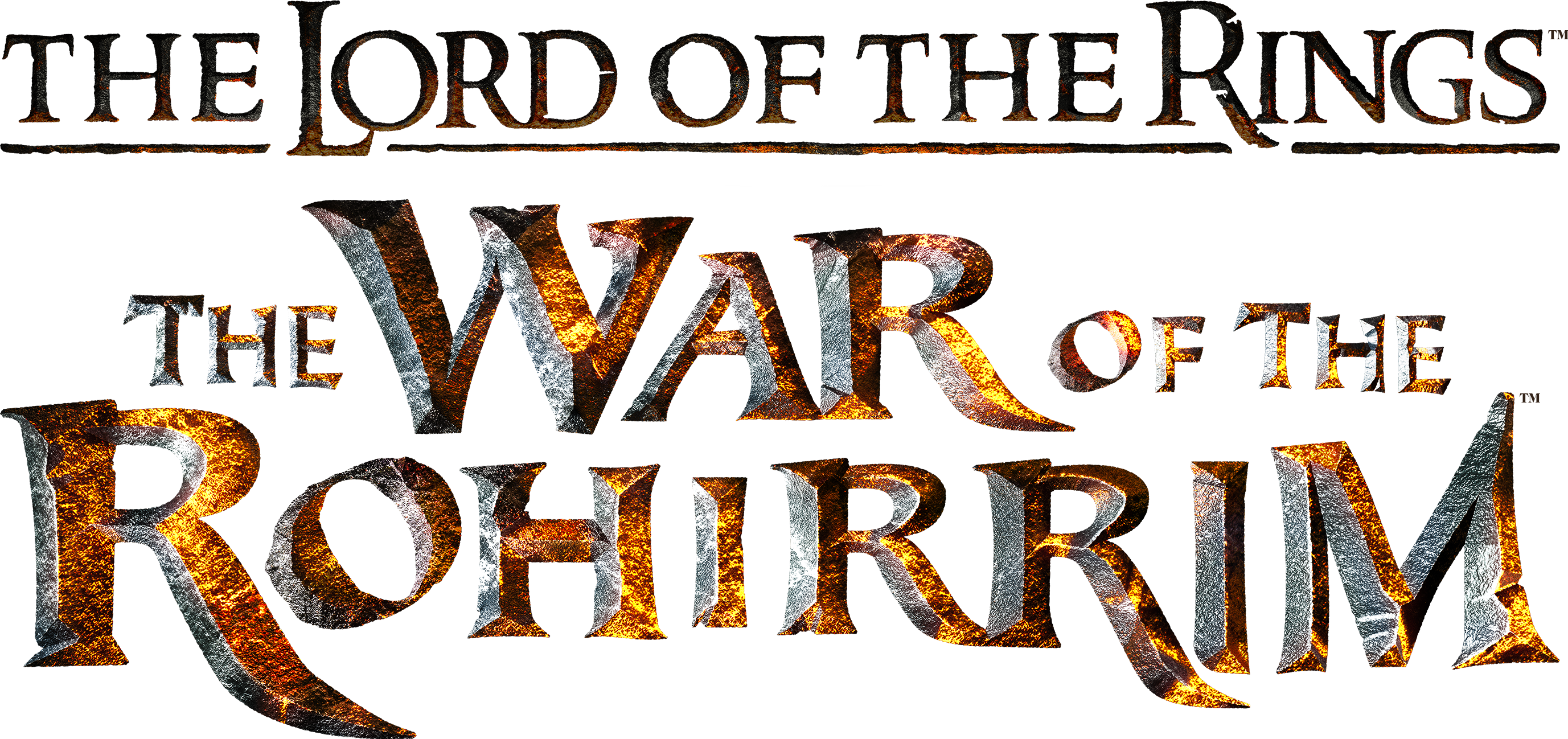It's unfortunately not uncommon for a film studio to push out an adaptation or franchise film as an arbitrary excuse to keep their hands on a license. That’s what Fox did for years with the “Fantastic Four” movies, its why “Ghost Rider: Spirit of Vengeance” and “Punisher: War Zone” exist, and its unfortunately why “Hellraiser: Revelations” exists. Despite the pedigree of those involved, it's also why “The Lord of the Rings: War of the Rohirrim” was ushered into the world, but thankfully this film doesn’t suffer quite as horrific a fate as those prime examples.
Set 183 years before the events of Peter Jackon’s “Lord of the Rings” trilogy, the film follows the King of Rohan Helm Hammerhand, voiced by Brian Cox (“Succession,” “Deadwood”), and his sons Hama, voiced by Yazdan Qafouri, and Haleth, voiced by Benjamin Wainwright (“Belgravia: The Next Chapter,” “The Conductor”), and daughter Héra, voiced by Gaia Wise, alongside Héra’s shieldmaiden Olwyn, voiced by Lorraine Ashbourne (“Bridgerton,” “Jericho”), and Héra’s page Lief, voiced by Bilal Hasna (“Extraordinary (2023),” “Dead Hot”). After the death of his father, Lord Freca, Wulf, voiced by Luke Pasqualino (“The Musketeers,” “Rivals”), swears vengeance on the Hammerhand family and the people of Rohan, leading to a war between them and his army of Dunlendings.
Given the fact that, at times, Tolkein’s original writings can almost feel like history books, going back to the “Lord of the Rings” to tell other stories before and after the original trilogy seems like a no brainer. Screenwriters Jeffrey Addiss (“The Dark Crystal: Age of Resistance,” “Life in a Year”), Will Matthews (“The Dark Crystal: Age of Resistance,” “Life in a Year”), Phoebe Gittins, Arty Papageorgiou, and co-writer Philippa Boyens (“The Lord of the Rings: Return of the King,” “The Lovely Bones”) have done their best to stretch out what was originally a page or so of text into a three-act epic film, and for the most part they succeed. What excells is the smaller moments when we can see the clan Hammerhand overseeing their people and fighting back against Wulf and his army. The broader strokes don’t have anything spectacular to say though, and it ends up being a film with characters that are fun and exciting to watch within a story that’s built from the bones of a thousand other fantasy epic stories.
Regardless of the nature of the story itself, the vocal performances are the film’s absolute best aspect. Cox is an impeding and larger-than-life force as King Hammerhand, while also being able to bring a soft gravitas to the most emotional moments. Wainwright and Qafouri both balance a brotherly back and forth with the strength of hardened soldiers. However, Wise absolutely steals the entire film from everyone else. Not only is her vocal performance so excellent as to make the character of Héra more interesting and endearing as a result. Pasqualino also strengthens Wulf’s material as well, resulting in a pairing of protagonist and antagonist that work fantastically together and against each other. And while not strengthening their characters in the same was Wise and Pasqualino do, Hasna and Asbourne both manage to be charming and lovable additions to the Hammerhand crew, with Asbourne a particular standout of badass female mentorship.
For as detailed and gorgeous as the worlds of Middle Earth crafted by Jackson and his team are, the realm of animation invites even more beautiful possibilities. It's unfortunate then that the film’s animation style is one of its weaker elements. While director Kenji Kamiyama (“Ghost in the Shell: Stand Alone Complex,” “Napping Princess”) clearly has the talent to bring this world to life, the film’s limited budget means that some scenes just don’t get the attention that others do. Pretty much all of the third act is exceptional, and the film’s biggest moments are absolutely nailed. But that does mean that the smaller, character driven moments that the script and vocal performances otherwise nail are failed by the lackluster animation.
It is majorly worth noting that the film’s third act does almost save the entire picture. It wraps things up exceptionally well and it looks gorgeous, almost making up for the film’s overall animation weaknesses and lackluster plotting. This is also when the musical score kicks into high gear, which accidentally reveals a surface level issue that may affect some more than others: much of the film’s visual identity, regardless of the anime stylings, comes from Jackson’s films. The musical score does the same, for as much work as composer Stephen Gallagher (“Mystic,” “Inside (2020)”) does to differentiate his work, it pulls heavily from Howard Shore’s original compositions. Again, this may not be an issue, as some audience members may be coming for more of this, but it is worth noting regardless.
“The Lord of the Rings: War of the Rohirrim” certainly has moments of fun and fantasy. For those willing to overlook a more routine plot and some weaker animation, there’s plenty of good old-fashioned fantasy tale to be told here. The excellent vocal performances and smaller character moments do a lot to enliven the film and make it all a fun adventure. There is quite a large, trilogy-shaped shadow lingering over this film, but even distancing it from Jackson’s fantastic three works, there’s a lot of good here that falls short of greatness. 3.5/5


No comments:
Post a Comment